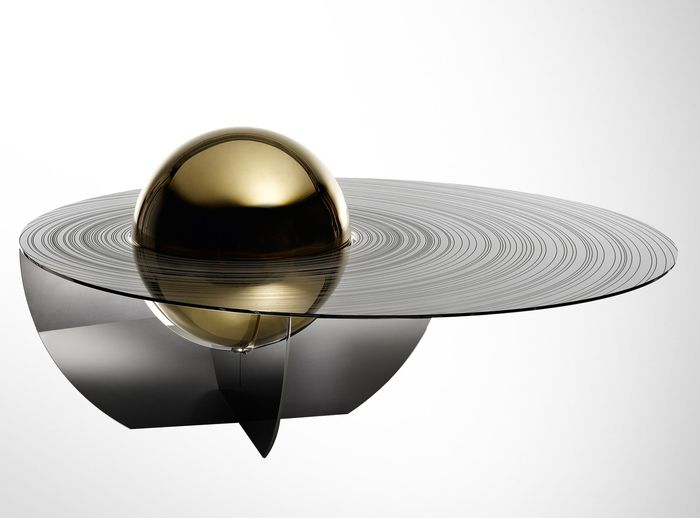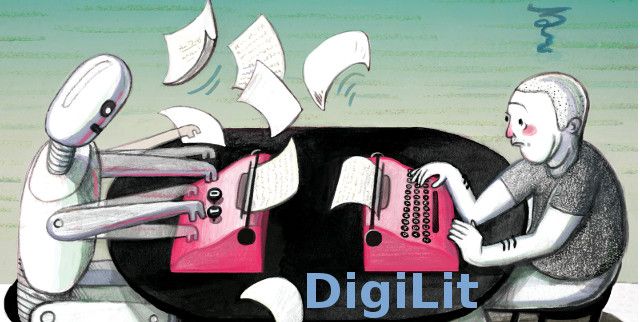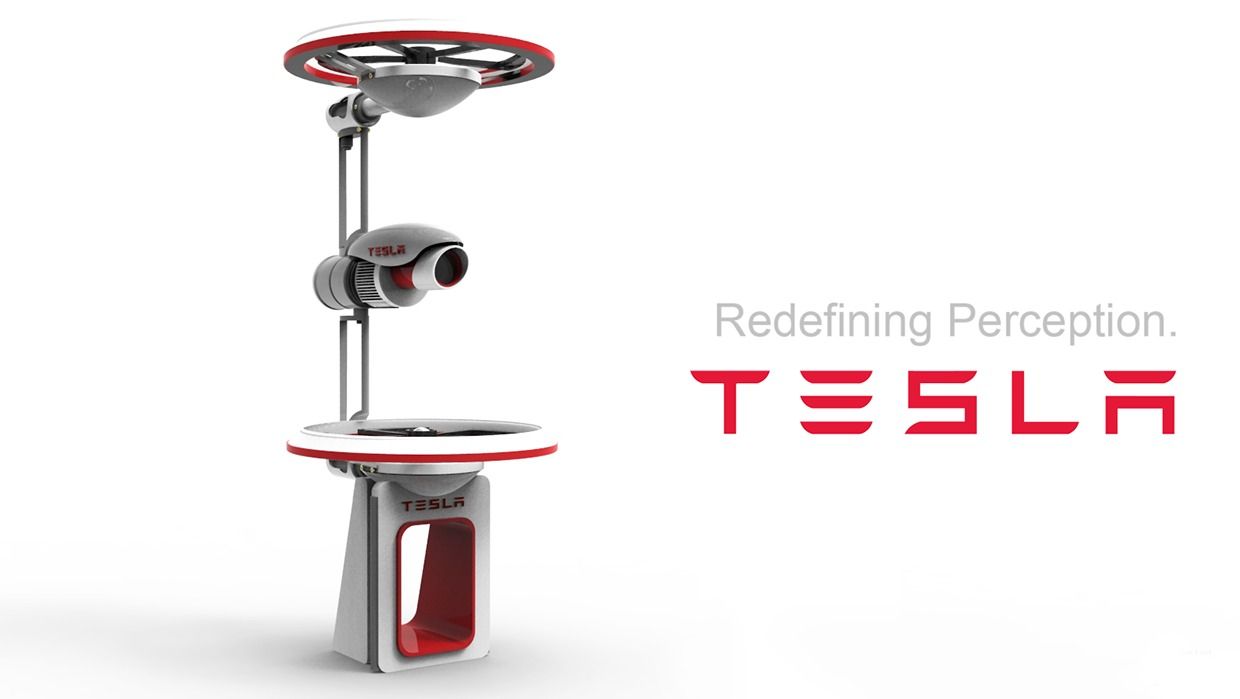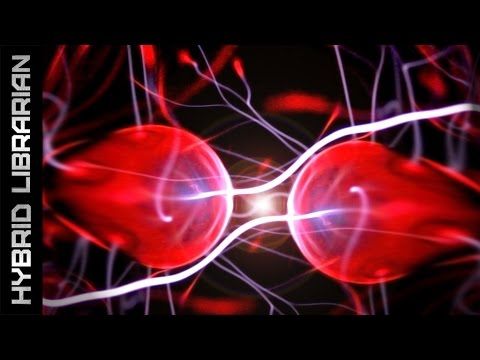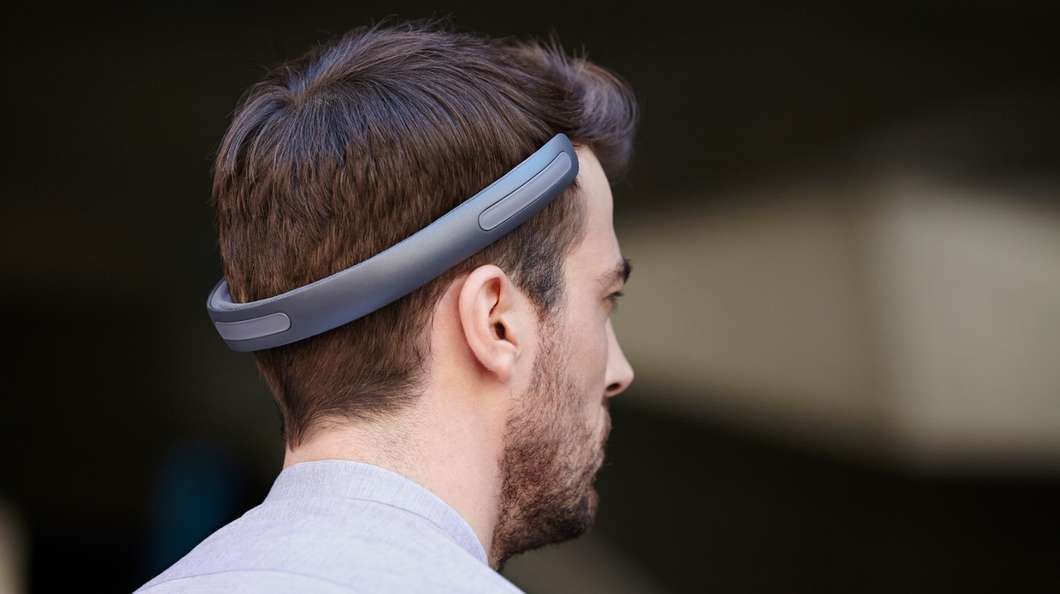Oct 12, 2015
Space-inspired objects — By Helen Chislett | Financial Times
Posted by Odette Bohr Dienel in categories: media & arts, space, space travel
“When the Rosetta spacecraft deployed the Philae lander to land on a comet last November, the world held its breath. … Little surprise too that space is back on the design agenda as a primary source of inspiration. Visiting Design Miami/Basel in June, it was obvious that the “Philae effect” was having an impact much closer to home.”
